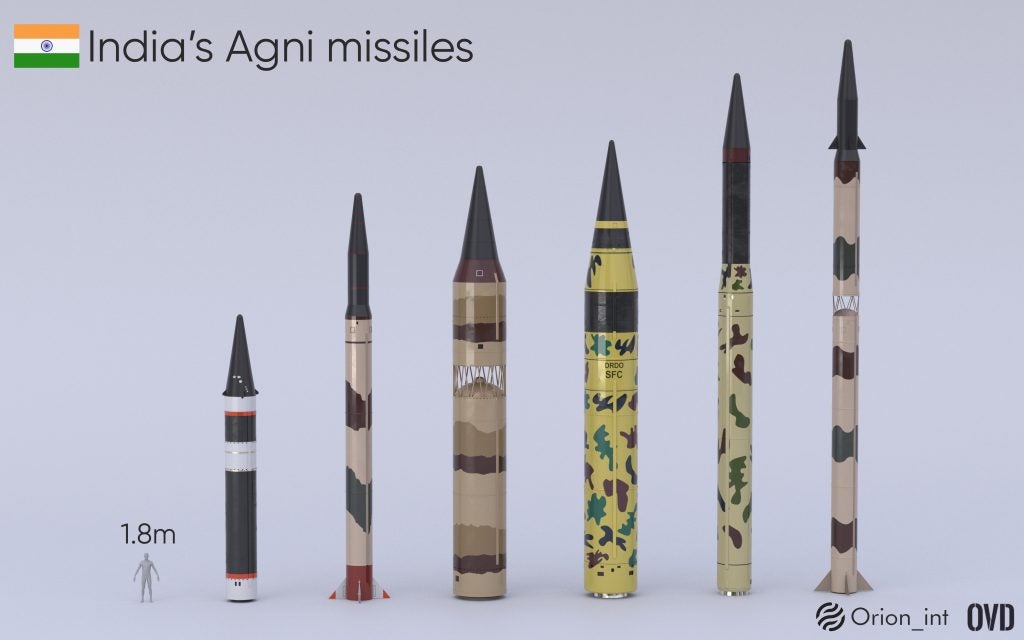Agni: Exploring the Backbone of India’s Strategic Arsenal
The Agni project initially began under the Integrated Guided Missile Development Programme (IGMDP) as a tech demonstrator for re-entry vehicle technology. The demonstrator was built from existing available missile stages from other programs. Its first stage was made up of a solid booster from the Indian Space Research Organisation’s SLV-3 program. A modified Prithvi-1 missile body with six ullage motors formed the second stage. The booster initially used PBAN as the propellant, but by the third flight was changed to use HTPB. All subsequent missiles in the Agni series use HTPB/AP/AL as propellant.
Agni-1
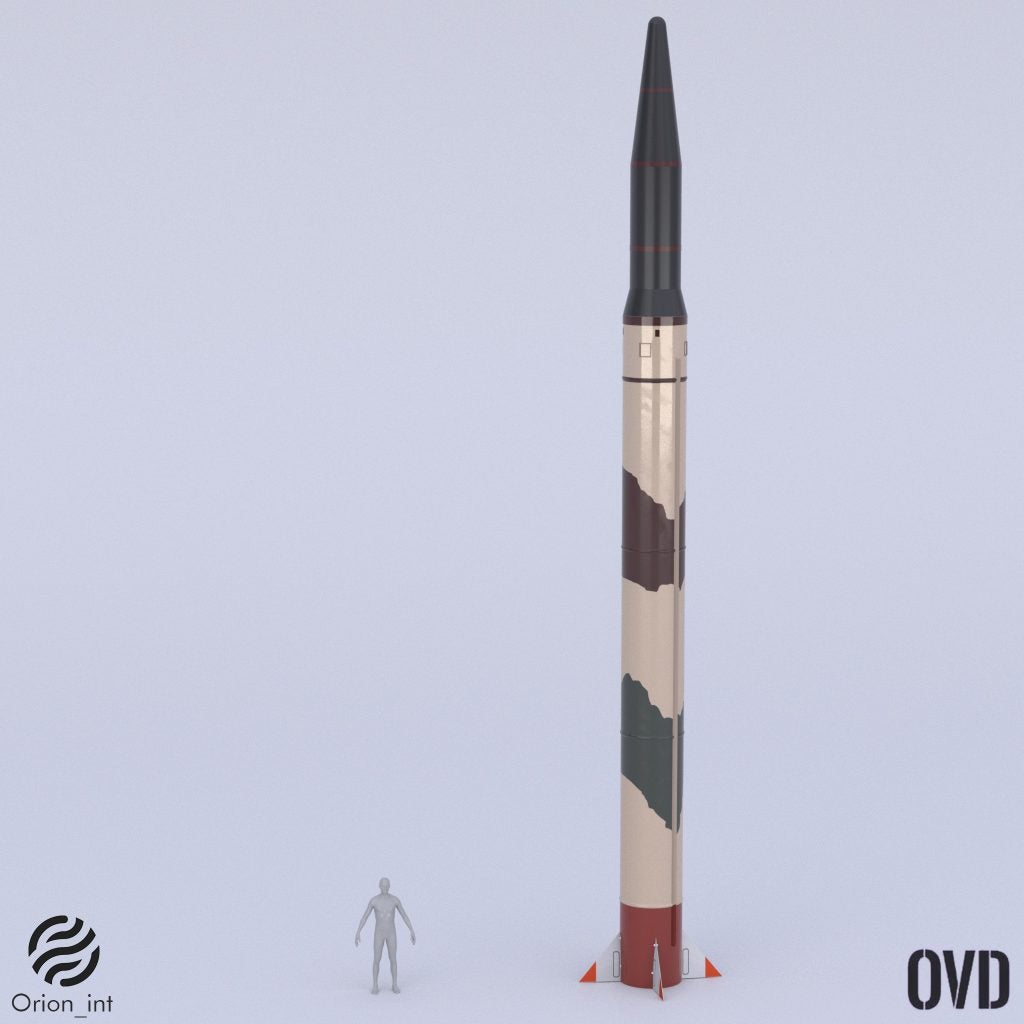
Agni-1 is a single stage missile, it is essentially an Agni-2 without its second stage. The first stage is made from maraging steel and it uses fins for control. Its first stage diameter is 1m and its length is around 15m. It has a reported range of 700km which makes it a missile primarily focused towards Pakistan. NASIC reports it as being road mobile.
Agni-2
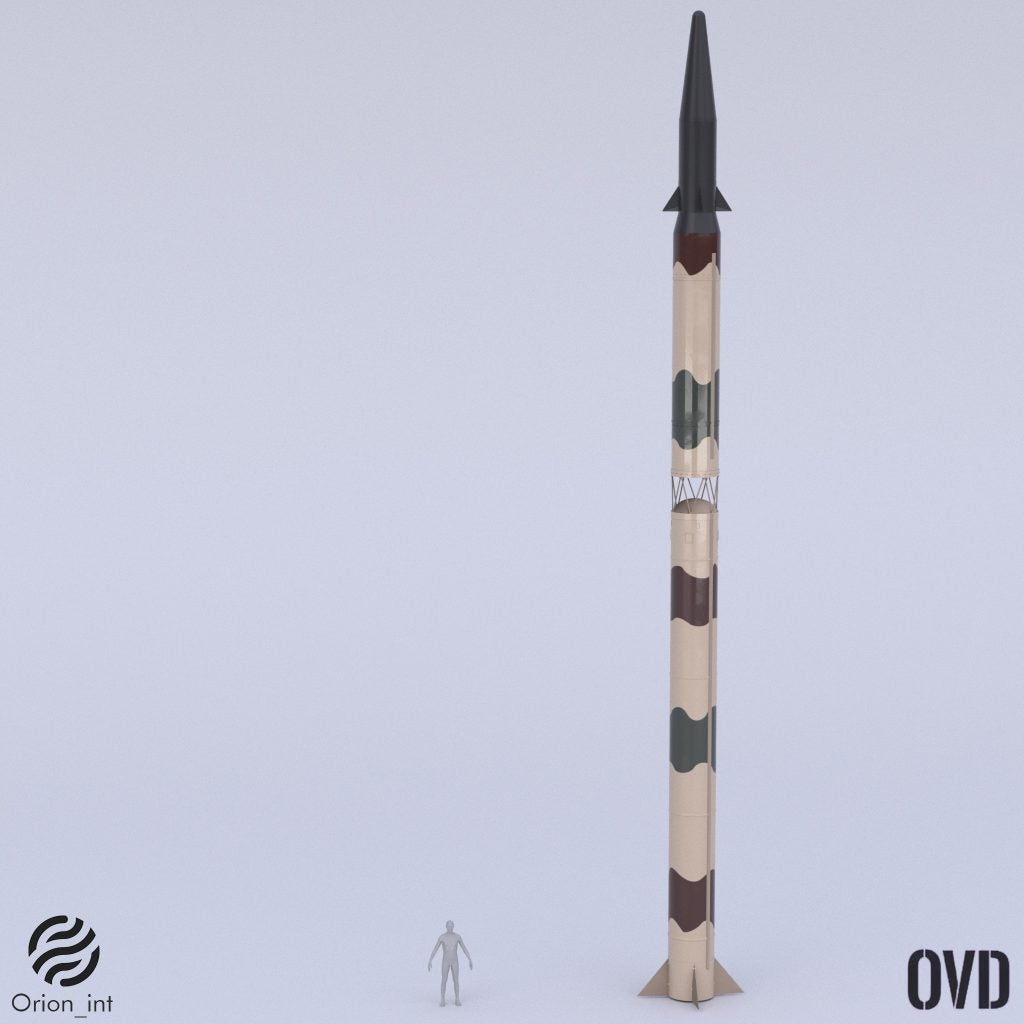
Agni-2 is a two stage missile. The first stage is similar to that of the Agni Test Demonstrator. The second stage used flex nozzles and thrust vectoring for control rather than fins like the first stage. The missile is 20m long and both stages have a diameter of 1m. The missile has been tested to a range of 2,800km. NASIC’s report says that the missile is deployed on rail launchers. DRDO describes the launcher is a well type special wagon of 25.4 meters length. If launched from North East India it has the ability to strike targets in Western, Central and some targets in Eastern China.
Agni-Prime
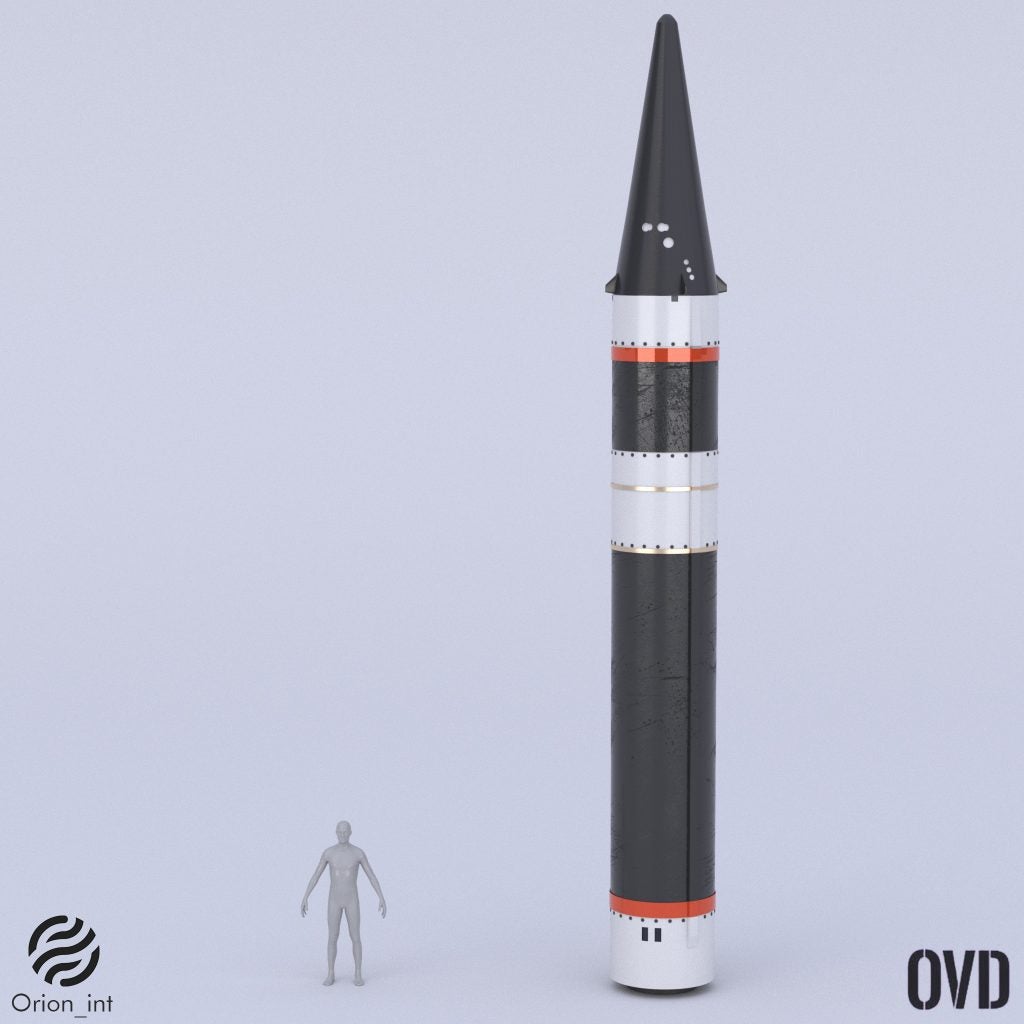
Agni-Prime is the newest addition to India’s Agni series. It is a two stage missile that uses tech developed for India’s longer ranged missiles like the Agni-4 and 5. Photometric analysis shows it having a diameter of around 1.15m and a length of around 10.6m. The motor casing for both of its stages is made out of composite materials, reducing its dead weight. The missile is canisterised, giving it better survivability. It also uses a cold launch system. Agni-P is also the first Indian missile with a Maneuverable Reentry Vehicle (MaRV), having 4 small fins on its RV, This should theoretically make it more accurate than previous Agni missiles and also make it harder to intercept by Anti-ballistic missile systems. DRDO quotes its range to be from 1,000-2,000km.
Sources cited by The Print say, “It is not a replacement for any of the existing missiles. Agni P is part of the Agni series of missiles with new modern features which makes it very maneuverable and increases the accuracy”. This missile should give Indian strategic forces more flexibility regarding its deployment, allowing them to position it farther back from the Pakistan border compared to the Agni-1. The 2,000km range also possibly indicates a role against targets in China. The missile is also more compact and mobile compared to the Agni 2. Agni-Prime could complement the force by allowing the Agni-2 to be reserved for the upper echelon of targets in the 2,000-3,000km range category.
Agni-3
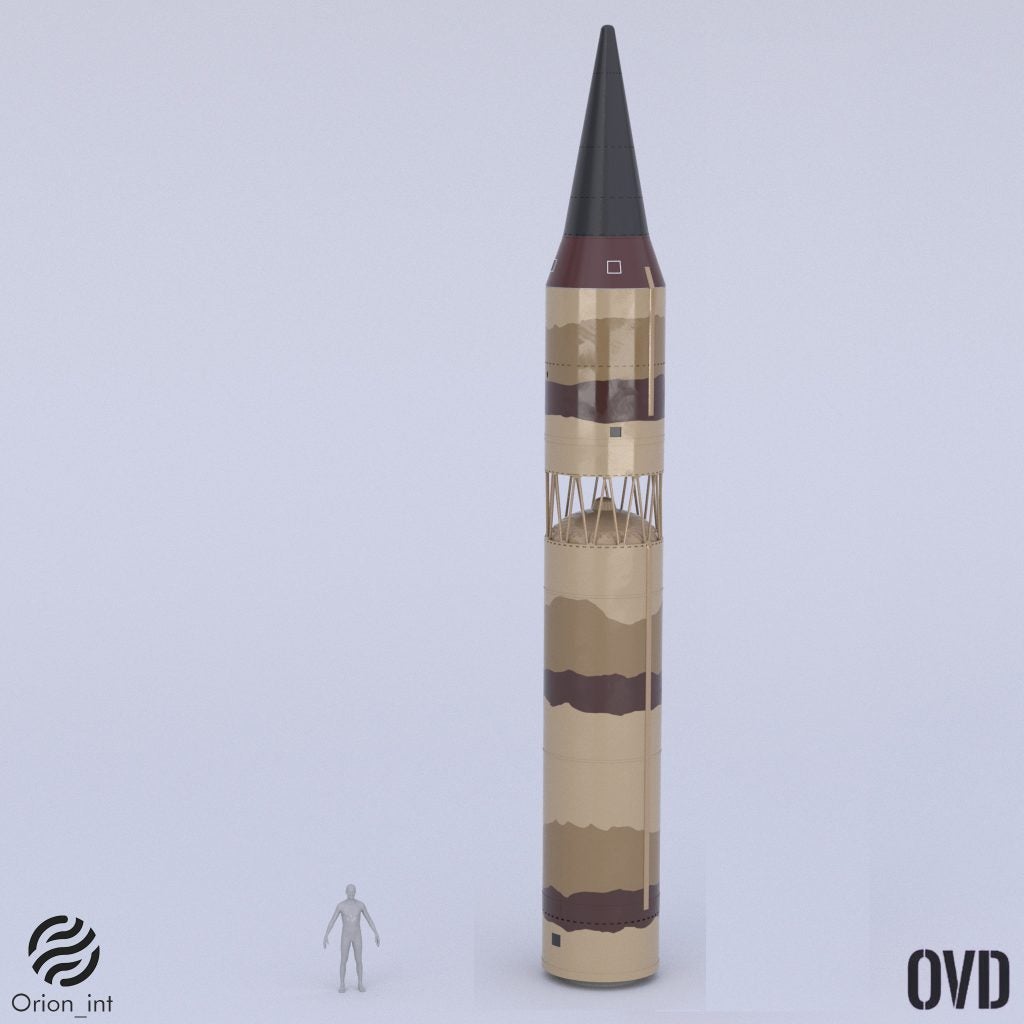
Agni-3 is India’s first missile in its Agni series of missiles with a larger diameter. It has two stages with a diameter of 2m for both its stages. Its length is 16m. The motor casing for its first stage is made out of maraging steel while its second stage is made out of composites to reduce weight. The missile uses a light vented interstage so the second stage just fires for separation negating the use of separation motors. Agni-3’s both stages also don’t use any fins or control surfaces like earlier missiles, instead relying on flex nozzles for control. Agni-3 is reported to have a range of around 3,500 km and is deployed on rail launchers. Agni-3 allows India’s strategic forces to strike targets deep inside China including theoretically reaching cities like Beijing and Shanghai when launched from India’s North Eastern states.
Both Agni-2 and 3 are rail launched according to NASIC. There are several potential reasons as to why rail basing might be attractive to India:
1. India has a very large existing railway network using broad gauge (Indian gauge, 1676mm) track
2. The Indian Army regularly uses the railway network to move hardware and supplies, making it easier (and safer) to transport missiles and warheads between garrisons and storage sites when compared to road.
3. Agni-2 with a length of 20+ meters would have been a challenge to transport and launch by road, Even though road launches have been demonstrated, rail deployment might have been seen as the more mobile/survivable option.
4. Deployment by rail also makes it easier to camouflage or disguise deployment as missile coaches can be disguised as civilian coaches, making them harder to detect and distinguish in heavy traffic as compared to road mobile launchers.
5. Both missiles are likely to be launched via rail cars with slide open roofs and support wagons towed by diesel locomotives.
It might be due to a combination of all these reasons that India chose rail basing for the Agni-3. It is also likely that we will see future Indian strategic missiles based on rail as well.
Agni-4
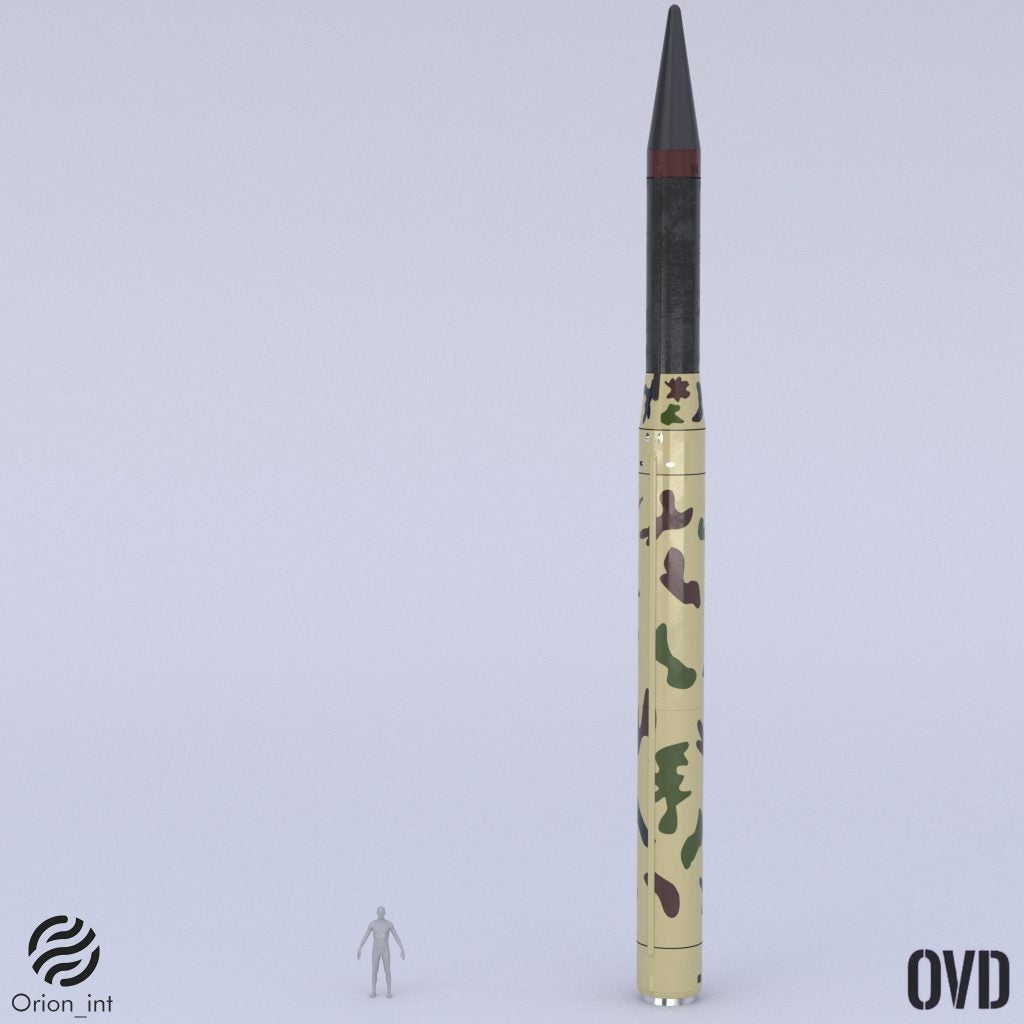
The Agni-4 was developed by improving the Agni-2, with a new 1.2m first stage made with maraging steel casing and a 1m second stage with casing made from composites. The missile, unlike the Agni-2, has a closed interstage and relies on flex nozzle thrust vectoring (TVC) for control. The reported range for the missile is 4,000km. It will likely be canisterised and could possibly be road deployed. Its deployment status remains unknown.
Agni-5
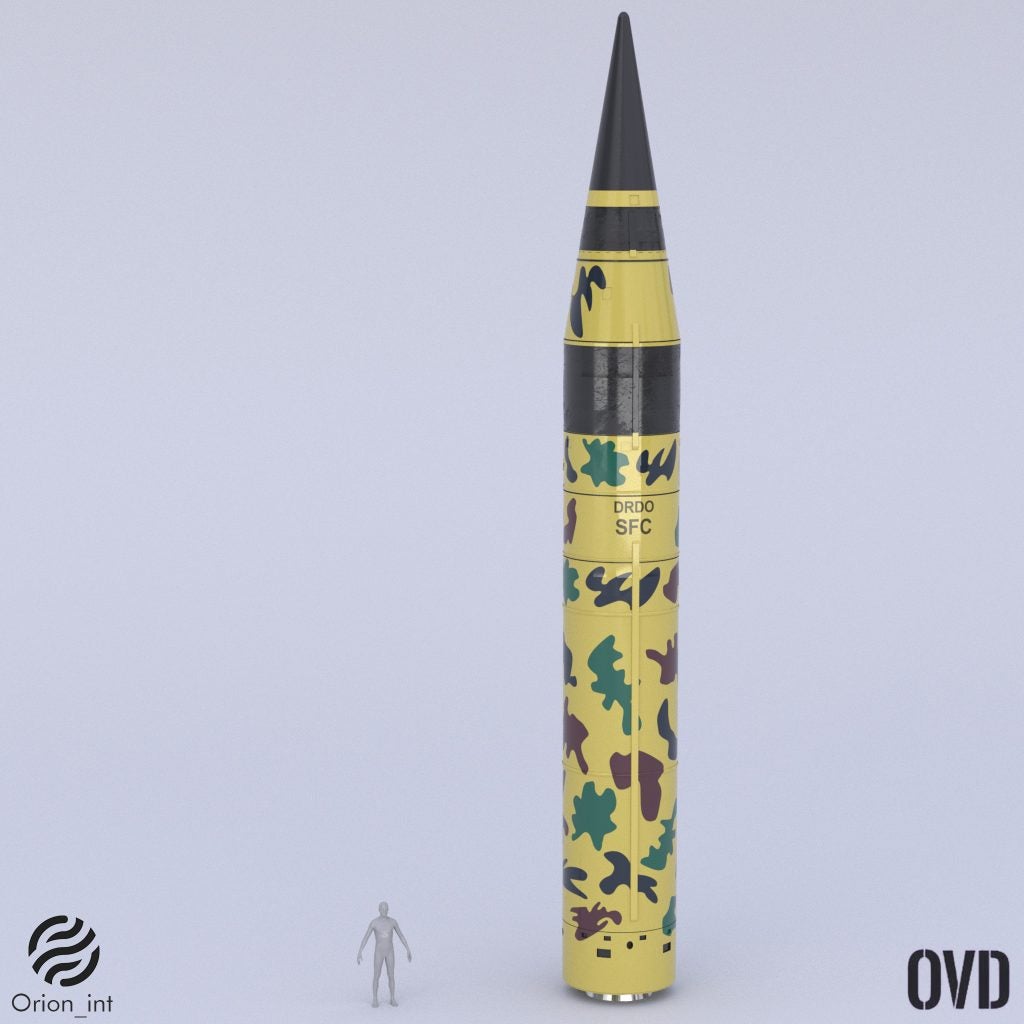
Agni-5 is India’s longest range ballistic missile. There are three stages. The first two stages are inherited from the Agni-3 and it has a conical third stage with a lower diameter on the top and broader diameter on the bottom to give it more range. The second and third stages are made out of composites to reduce weight. The missile has a diameter of 2m for its first two stages and has a total length of around 17m. Both interstages are closed and probably uses separation motors. The missile is canisterised which enables faster launches and gives protection. It is cold launched from a 7-axle MEL called TCT-5. The Agni-5 can perform the same role as the Agni -3 or 4 but its range allows for deployments in Central and Southern India. Different estimates exist for its range but they all fall in a range of 5,000-8,000km. Sources say Indian strategic forces plan to deploy the Agni-5 in 2021.
Agni missiles form the backbone of India’s ground based long range strategic deterrent today, and will continue to do so in the future. As India’s nuclear arsenal grows these missiles should be monitored by Indian military and ballistic missile observers alike.
This article is the first of a series looking at India’s missile capabilities. In the next part we will examine the Prithvi series of tactical surface-to-surface short-range ballistic missiles.
Sources:
‘Missiles of India’, Center for Strategic and International Studies,(https://missilethreat.csis.org/country/india/)
‘Evolution of Solid Propellant Rockets in India’, DRDO publication, (https://www.drdo.gov.in/monograph/evolution-solid-propellant-rockets-india)
‘India’s solid-fuel ballistic missile “Agni”‘, (https://www.b14643.de/Spacerockets/Specials/Agni/index.htm)
‘Memories: Remembering Kalam”, DRDO publication

